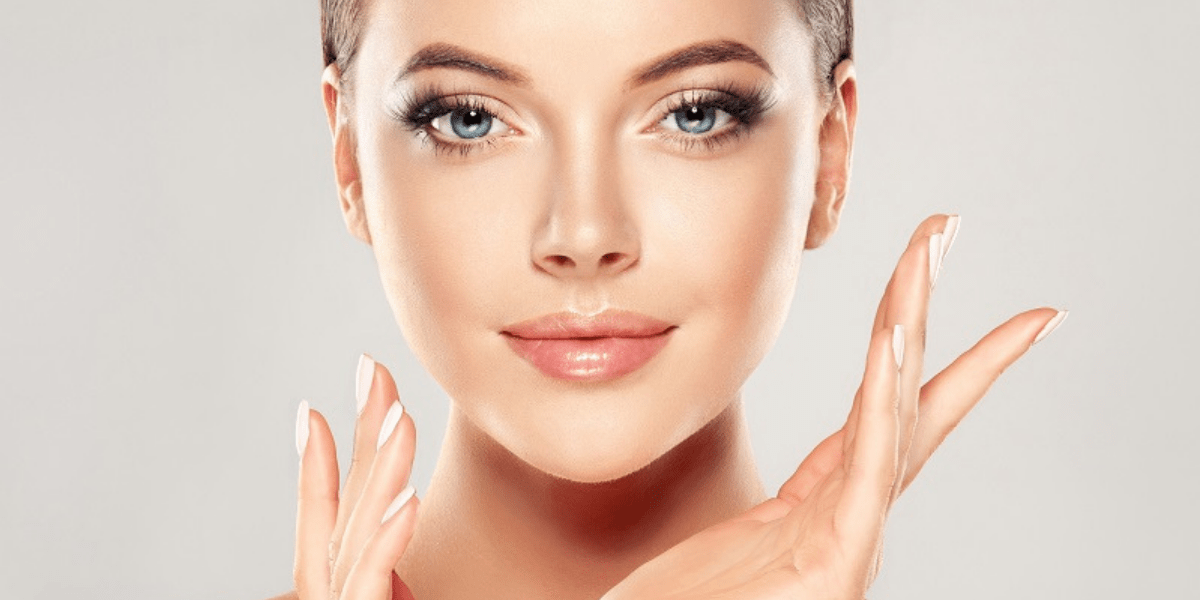Not all skins are created equal. There are fats, there are dry ones, and also lighter or darker. Depending on the type of skin you have, you must protect yourself from the sun in one way or another. Take note and protect yourself from the sun always, take care of your skin!
Protecting yourself from the sun is the most important thing you have to do this summer, so take note and learn about which skin phototype is yours. Whatever type of skin you have, you should be careful with the hottest hours of the day (between 12 noon and 4 in the afternoon) and with prolonged sun exposures.
People with a phototype I or II have light or brown eyes, blond hair, and white or very white skin. They usually have a hard time getting color on their skin and tend to burn easily, so they should always choose high sun protection (SPF 50). However, skins with phototypes III and IV are somewhat more tan, tan and rarely burn, and usually have darker hair and brown eyes. For these two types, the use of medium protections is recommended (SPF 30 or SPF 20). The darker or black skins are phototypes V and VI also need sun protection (SPF 20), although they have dark skin they must protect themselves from the sun.
Remember that you probably don’t need the same sun protection at the beginning of the summer as at the end. It is always advisable to start with higher protections and, if our tan increases, we can decrease the protection a little. For example, go from a 50 protection to a 30, as long as we avoid prolonged sun exposures and the hours of more sun.
We show you what type of protection is ideal for your skin type, but always, when in doubt, choose the highest. Do not think that putting a higher protection will prevent you from looking a good tan, the only thing it will do is protect you better.

Foto: www.sesderma.es
What kind of radiation are we exposed to?
To understand how sunscreens work, it is necessary to first know the type of radiation that we are usually exposed to. Keep in mind that the sun emits three types of rays: the luminous ones (they provide light), the infrared ones (they don’t burn but they cause a sensation of heat) and the ultraviolet ones. The latter are the most harmful and, in fact, are those against which sun creams work. Ultraviolet radiation is divided into 3 types, according to their wavelength.
- UVA rays: they are those that penetrate the deepest layers of the skin and activate the production of melanin, which causes us to get tan. Although they are not as harmful to the body as UVB rays, UVA are harmful, since they deteriorate elastin and collagen in the skin; This action causes premature aging of the skin and the appearance of sun spots.
- UVB rays: these are the ones to which we must pay special attention, since they increase the risk of melanoma, a most aggressive type of skin cancer. These rays penetrate the upper layer of the skin, in turn promoting the appearance of blisters and burns. Thus, UVBs are the most dangerous, potentially if we submit to them between 10 a.m. and 2 p.m., a time when the highest intensity of these rays is detected.
- UVC rays: they are absorbed by the ozone layer and do not penetrate the atmosphere, so for the moment they should not worry us too much.
Have you ever wondered if your sunscreen cream works the way it should?
It is surprising to know that 6 out of 10 people incorrectly use their sunscreen. What’s more, do we know what they are? These are products that contain chemicals that absorb ultraviolet rays. Many also contain components such as titanium dioxide, mica or zinc oxide, which act as reflective light and radiation screens.
Thus, creams protect us through 2 ways:
Absorbing UVB rays and creating a screen that reflects light, preventing it from penetrating our skin. What, then, do the numbers on the pot mean? This is a guide that marks the sun protection factor index (SPF), which in turn indicates the number of times that the photoprotector manages to increase the skin’s natural defense capacity.
To find out how long sunscreen lasts, a good tip is to multiply the SPF by 5; if we apply a cream with factor 10, for example, it will protect us for 50 minutes. It should be noted, however, that the result may vary depending on the type of skin and the intensity of the sun’s rays (the time we are exposed). The most recommended is to renew the application of the cream every hour or hour and a half, always bearing in mind that it takes about 30 minutes to take effect.
Tips for choosing a suitable sunscreen:
- You have to look at the degree of FPS it provides; it is recommended to choose a factor between 15 and 30.
- It should be borne in mind that in no case do sun creams resist external agents such as sweat or water; in many cases, however, the degree of protection they offer under the influence of these agents is indicated.
- They must be hypoallergenic and be compatible with the rest of the substances in the formula.
- In no case should you trust an expired product. In fact, it is not recommended to use from one year to the next, since over time and exposure to heat they lose properties.
Article taken verbatim from https://www.multiestetica.com/articulos/descubre-tu-fototipo-de-piel






